Cannes Lions
More to MS
FINGERPAINT, New Jersey / JANSSEN NEUROSCIENCE / 2021


Overview
Entries
Credits
OVERVIEW
Background
SITUATION
81% of recently diagnosed people with MS ranked fatigue as their top concern. Yet, the neurologists who treat them rank fatigue near the bottom of their list of priorities, choosing to focus on treating the “symptoms” they can observe on an MRI. Even when fatigue is discussed in the exam room, it’s often rationalized away by HCPs (and even people living with MS) as exhaustion from work, or parenting, or simply aging.
BRIEF
Change the conversation, so both HCPs and even patients themselves consider the impact of the invisible symptoms of MS, like fatigue, and, ultimately, factor them into treatment decisions.
OUR OBJECTIVES WERE CLEAR.
1. Get patients and HCPs to stop and think about the impact of fatigue...
2. Engage with MoretoMS to learn more...
3. And inspire and improve conversations about fatigue and other hidden symptoms of MS
Idea
“It’s like you’re operating as a grayscale version of yourself.”
“You can drink all the coffee in the world, and it doesn’t make a difference.”
“It’s like you’re weighed down with chains.”
These are real words from people with MS. To them, the fatigue that accompanies their condition is life-altering. What if we could legitimize MS fatigue by finding an illustrator who could bring these vivid descriptions to life in a way that was impossible to ignore? For patients, they would feel seen. For HCPs, they would begin to see that what they hear from patients, “Sometimes I feel tired, and have to miss things,” is often different what their patients actually MEAN, “MS fatigue feels like being stuck in a bubble with really thick air around you that constantly pushes you down.” We could dramatize life between relapses in a truly compelling way.
Strategy
Our TA was people living with MS (particularly at diagnosis and earlier in disease progression), their care partners, and healthcare professionals (neurologists, MS specialists, nurses) in the US and EU.
We knew where our target audience “lived” online as well as their interests and leveraged that to target them socially and through email to build an effective integrated campaign.
Our approach was to keep this work authentic. HCPs did not think “their” patients struggled with MS fatigue, and, while a marketer could not rightfully tell them they were missing something, real MS patients could. So, we talked with patients across the globe to understand the impact of MS fatigue–capturing their unfiltered, moving descriptions of life with MS fatigue. Then, we partnered with a renowned artist to bring these powerful insights to life through attention-grabbing illustrations. We also collaborated with notable KOLs to build comprehensive and clinically relevant content.
Execution
More to MS was launched at the MS Virtual 2020 Congress, and we quickly built the program to ensure both healthcare professionals and patients experienced the surround sound of peer-to-peer, personal, and non-personal, including social, communications. (see previous attachment for placements)
For people living with MS, their unaddressed concern was finally legitimized—they weren’t simply busy, tired, or weak. They now had a powerful new language for talking to their neurologists—their reality. For doctors, they not only heard but saw patients’ day-to-day battles with MS fatigue. And, while there’s still work to be done, both sides are now close enough to finally hear the other.
We also began to establish a thoughtful conversation about specific challenges faced by people of color who have MS. This is just the beginning for this campaign. We’re working on bringing more patient stories to life and expanding the hidden symptoms of MS.
Outcome
Though launched early in the pandemic, the results for More to MS have been astonishing, and this is just the beginning. We’re in the process of bringing more patient stories to life as we expand the campaign to bring to light more of the hidden symptoms of MS.
More than 50x Company X benchmarks for DTC visitors and sessions, 75% of which are being driven by Paid Search, showing site content relevance
40x the goal for unique visitors, based on Company X benchmarks
117% above industry average viewability rate for 30-second spot
Over 79,000 video views across social over 4 weeks
13% increase in HCP CRM opt-ins month over month
18% of non-HCP opt-ins are from care partners
Over 650,000 visitors since September
Anecdotally, we have also heard about meaningful discussions between the sales force and HCPs who are ready to have a very different conversation with their MS patients.
